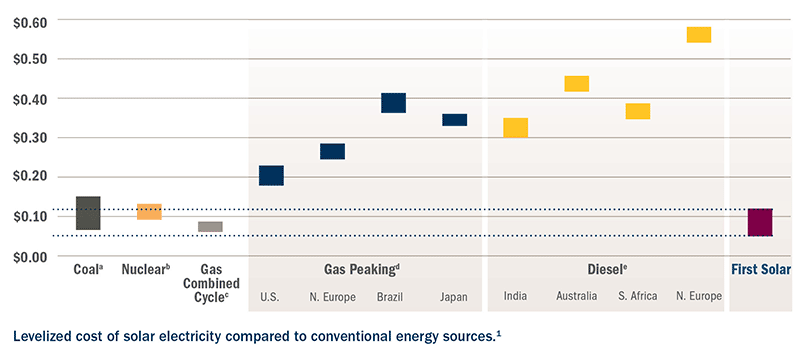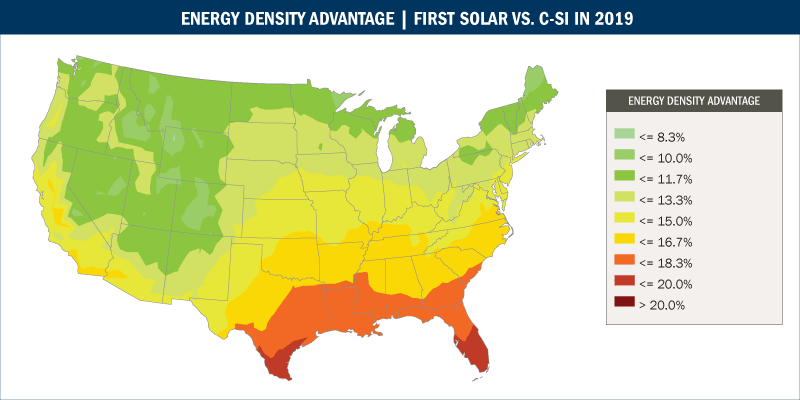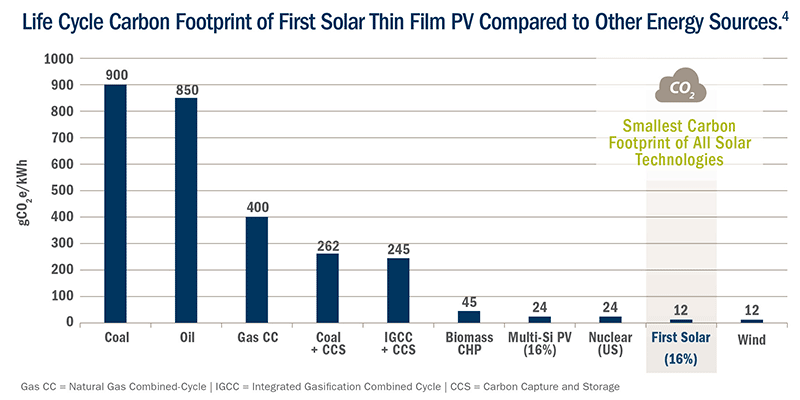By 2020 data centers will consume approximately 140 billion kilowatt hours of electricity annually at a price of $13 billion, according to the Natural Resources Defense Council (NRDC).
Data centers serve as the backbone of Internet-based operations for companies large and small alike. These centers demand enormous amounts of energy and their consumption patterns are difficult to predict. The most innovative companies in the U.S. are also some of the highest consumers of energy, largely via enormous data centers that power the digital economy around the country.
Given that even slight fluctuations in energy usage or prices can significantly affect the financials of a data center, sourcing electricity at a low and predictable cost is key for the bottom line and continued success of such businesses. Unfortunately, the cost of traditional electricity can fluctuate greatly year to year and even month to month. These variations, tied to global and local energy demand, commodity markets and geopolitical maneuvering, are largely outside of the influence of the companies who consume the energy.

How to create a better energy sourcing plan?
Solar energy is steadily gaining traction as the optimal choice for powering data centers and industrial sites of all sizes, including for companies as large as Apple, Facebook and Intel.
Historically, there have been some challenges associated with using photovoltaic solar panels to power data centers and industrial buildings. Many of these facilities needed a large solar plant to meet their energy needs, and this meant vast amounts of nearby open land as well as steep upfront capital costs. The cost per kilowatt hour of solar electricity also often exceeded utility rates.
PV technology, however, has vastly improved. A November 2015 Lazard study on levelized cost of energy analysis shows solar energy as cost-competitive with conventional forms of electricity. In fact, many organizations across the U.S. already pay less for solar power than for grid power, especially those operating facilities with large energy needs such as data centers and industrial sites.
There are also new ways to purchase solar energy that reduce or suppress upfront costs and ensure a level of price stability not achievable with fossil fuel electricity. Power-Purchase Agreements (PPAs) allow businesses to procure solar electricity at a predictable cost for terms of up to 25 years. The solar energy provider takes care of financing, design & engineering, procurement, permitting, construction, commissioning and operations & maintenance of the plant. These agreements free a business from having to own or manage a solar power plant, while enabling them to take full advantage of solar electricity’s predictable pricing. Apple is a prime example of this. The company powers 100 percent of their U.S. operations and 87 percent of their worldwide operations with renewable energy, including utility-scale solar procured through PPAs.
Rather than procuring solar electricity via a PPA, some organizations choose to build dedicated solar plants to power their facilities. While some choose rooftop installations, this traditional model is less than ideal. Rooftop solar PV presents physical limitations: the roof space available on most commercial, industrial, and data center buildings does not offer enough surface area for a PV system that supplies a meaningful share of the facility’s energy needs. In addition, many roofs were not designed to handle the weight load of a PV system, and these buildings are often under lease agreements that do not allow PV installations.
Locating a solar plant in an off-site location gives the space and flexibility to build a solar system covering as much land as needed in order to meet the procurement goals of each organization and facility. These larger off-site PV plants also benefit from economies of scale and allow businesses to lock in lower rates and higher amounts of clean solar energy. This innovative approach often delivers maximum hedging effect, electricity cost savings and sustainability impact.
Choosing the right solar solution: cost of energy delivered
The apparent simplicity of solar power plants masks the fact that they can be powered by a variety of technologies and products, with vastly different characteristics. Energy buyers, however, need to focus on one core metric: the levelized cost of energy (LCOE).
The cost of the delivered energy over the life of the solar PV plant, in its simplest form is calculated by dividing the total cost of the operating plant by the total expected energy produced over the lifetime of the plant. LCOE is therefore directly impacted by the choice of PV module technology. Specifically, those modules must be uniquely efficient, effectively priced and must have demonstrated high reliability. For instance, First Solar’s thin film modules offer a distinct energy yield advantage in real-world operating conditions by delivering significantly more energy while using the same amount of land. First Solar thin film modules’ ability to produce more energy per unit of area is particularly pronounced in hot and humid climates such as the U.S. Southeast. More energy, with equal or less capital investment, translates into a lower LCOE over the lifetime of the plant, a benefit to plant owners and energy off-takers.
A second key metric to understand is Energy Density, which is, quite simply, the amount of energy generated per square meter. It should be noted that improvements in module energy efficiency have begun to reduce the size of solar plants generating the same amount of energy. If size is a concern, the greater energy yield produced by thin film PV technologies amounts to as much as 2.2 percent more energy generated per square meter.
Price isn’t the only pressure
As businesses rely more on energy-intensive operations, including data centers, consumers have increased pressure on organizations to reduce their carbon footprint.
The numbers reflect a growing awareness among consumers about the role business plays in climate change and sustainability. In a 2016 Gallup poll, 82% of respondents consider climate change as a critical or important threat to the country’s vital interests in the next 10 years. In a 2015 Gallup poll, 79% of respondents said the U.S. should place more emphasis on solar development, more than for any other energy source. However, a Clean Edge report from 2014 states that consumer’s care, but not enough to incur increased costs.
Solar remains the leading renewable energy source in terms of cost competitiveness plus predictability. For many companies looking to institute a renewable energy plan as part of a Corporate and Social Responsibility (CSR) program, solar energy is uniquely positioned to provide a highly-visible commitment to reducing a company’s carbon footprint without increasing costs.



